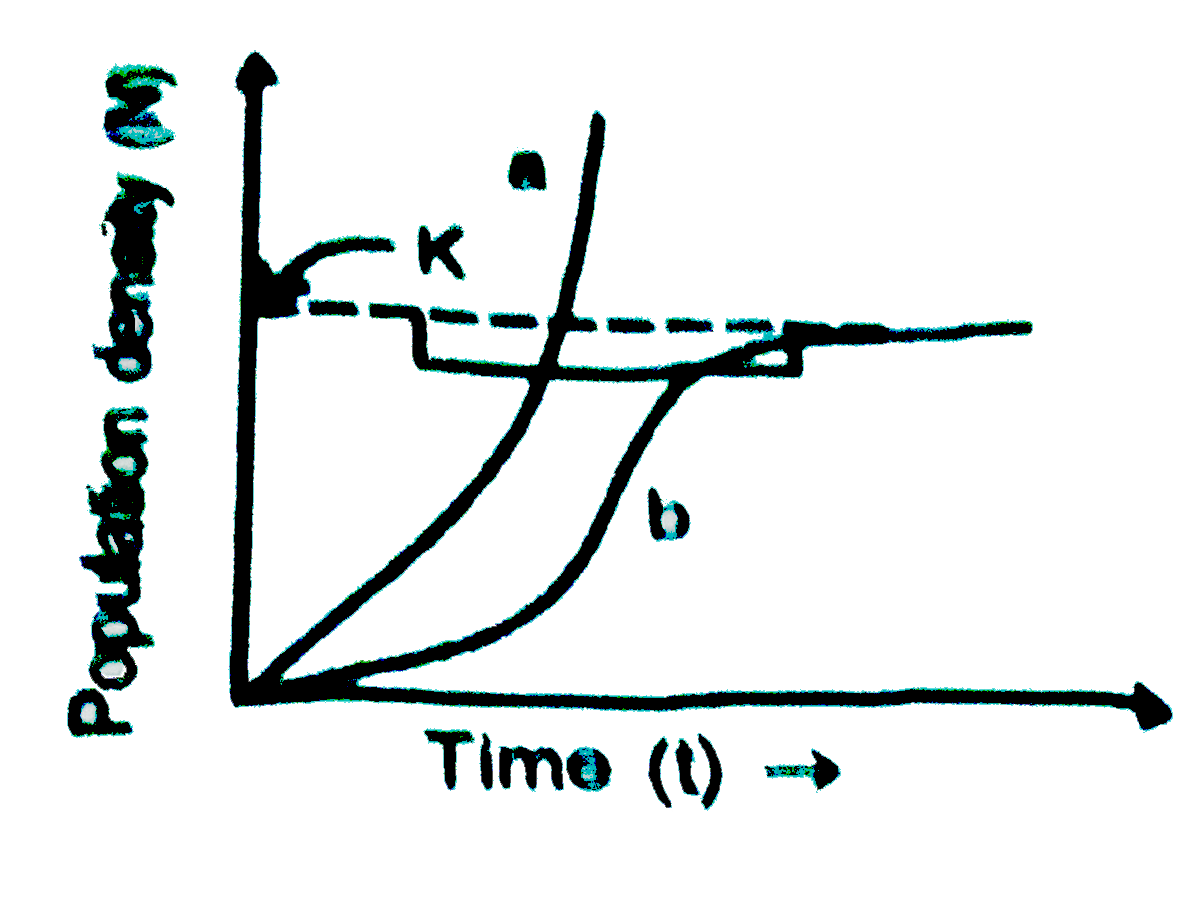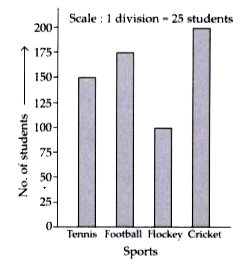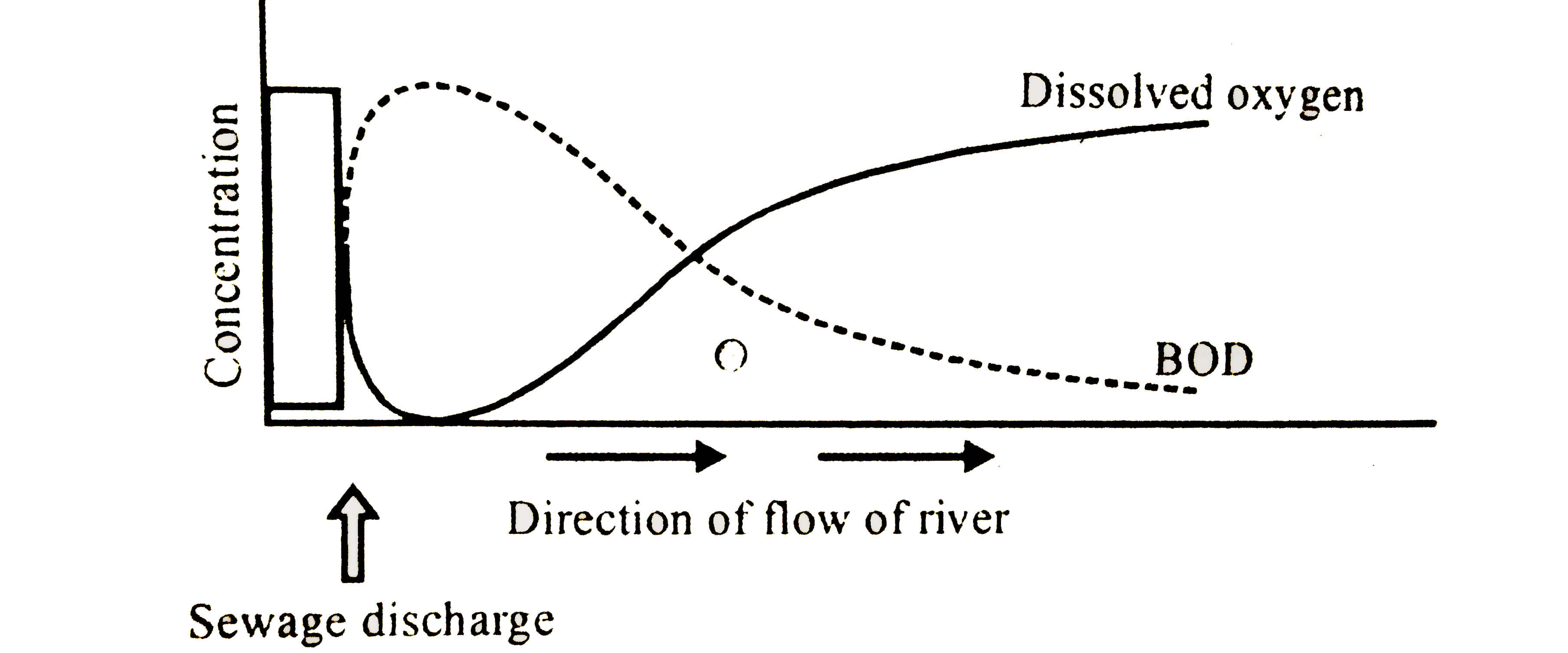Study the graph given below and answer the questions that follow :
(i) The curve 'b' is described by the following equation :
dNdt=rN{K−NK}
(ii) What does 'K' stand for in this equation ? Mention its significance.
(ii) Which one of the two curves is considered a more realistic one for most of the animal populations ?
(iii) Which curve would depict the population of a species of deer if there are no predators in the habitat ? Why is to so ?

Step by step video & image solution for Study the graph given below and answer the questions that follow : (i) The curve 'b' is described by the following equation : (dN)/(dt) = rN {(K-N)/(K)} (ii) What does 'K' stand for in this equation ? Mention its significance. (ii) Which one of the two curves is considered a more realistic one for most of the animal populations ? (iii) Which curve would depict the population of a species of deer if there are no predators in the habitat ? Why is to so ? by Biology experts to help you in doubts & scoring excellent marks in Class 12 exams.
Topper's Solved these Questions
- BOOK - XII BOARDS PREVIOUS YEARCHAPTER - XII BOARDSEXERCISE - Section D18videos
XII BOARDS
- BOOK - XII BOARDS PREVIOUS YEARCHAPTER - XII BOARDSEXERCISE - SET -I Section -A8videos
XII BOARDS
- BOOK - XII BOARDS PREVIOUS YEARCHAPTER - XII BOARDSEXERCISE - Section B50videos
XII BOARDS
- BOOK - XII BOARDS PREVIOUS YEARCHAPTER - SAMPLE PAPER 2019EXERCISE - Section E Part B3videos
SAMPLE PAPER 2019
Similar Questions
Knowledge Check
- Question 1 - Select One
Which model is considered a more realistic one ?
Alogistic modelBexponental modelCgeometric modelDJ-shaped model - Question 2 - Select One
The population growth is generally described by the following equation : dNdt=rN(K−NK) What does 'r' represent in the given equation ?
APopulation density at time 't'BIntrinsic rate of natural increaseCCarrying capacityDThe base of natural logarithm - Question 3 - Select One
In the equation,dN/dt=rN
Ar' is called the 'intrinsic'rate of natural increase'.Br' is the parameter chosen for assessing impacts of any biotic factor an population growth.Cr' is the parameter chosen for assessing impacts abioticDAll of these
Study the bar graph and answer the following questions.

Which is the most popular sport ?View SolutionStudy the picture given below and answer the questions that follows:
(i) What does this picture represent?
(ii) Mention some consequences of partition.
(iii) Which year is being denoted in the picture?View SolutionThe Verhulst-Pearl logistic growth is described to the equation dNdt=rNK−NK, in this K stand
View SolutionThe Verhulst-Pearl logistic growth is described to the equation dNdt=rNK−NK, in this K stand
View SolutionCarrying capacity in equation dNdt=rN[K−Nk] is :
View Solution


